The Child Who Wees for Britain
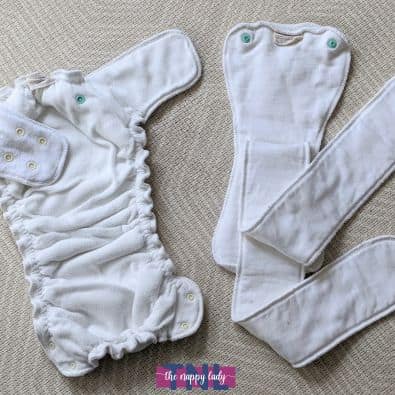
If you have a child that's a heavy wetter, you know exactly what I'm talking about here. In my experience, however, most people think their child is a heavy wetter especially if they have only been using disposable nappies which get really heavy due to the crystals' chemical reaction with urine. Please don't worry that you have a heavy wetter based solely on disposable nappy weight: if you are moving to reusable nappies due to leaking disposables I would start with the average/high absorbency rankings rather than straight to the super mega absorbency options. Personally, I just think we don’t really appreciate the liquid in = liquid out equation while a child is in disposables. Remember that wet nappies are a GOOD thing, in that they indicate that your child is well. The problem comes when the wetness turns into leaks.
The secret is to try different solutions in turn:
Step 1
The first step is to check that the nappy has been put on properly. If using two part reusable nappies make sure that the nappy and wrap are compatible with each other (most nappies and wraps will work fine together, but you would try to avoid a narrow cut wrap with a bulkier nappy for example), if you used our nappy recommendation service to buy your nappies we would have already ensured they were compatible. Also, make sure you are fully covering the nappy with the wrap, not leaving bits sticking out.
Step 2
Next, check that the nappy has the right amount of absorbency. Microfibre nappies for example offer low absorbency, and for night time you would need a fitted nappy perhaps with extra boosters.
Below are our most popular night time boosters:
Step 3
Make sure you are changing the nappy frequently enough for child's circumstances and style of nappy. All in one nappies are slimmer but have lower absorbency than shaped nappies for example, so need to be changed more frequently. Refer to our age guide on how often to change a nappy.
Step 4
See if there are any patterns. If your baby is the kind that drinks in a bottle then wees it all out straight away, make sure that the nappy you expect to get very wet is boosted appropriately, or get into the habit of a short nappy change specifically to cover this period. Mine used to drink a lot of the pool water at swimming lessons so I learnt to use a high absorbency nappy after the lesson plus I would change again within an hour.
Below are our most popular high absorbency daytime nappies:
Step 5
Take a look at your child's diet: are they simply drinking a lot of liquid? If it's milk (and it's above the recommended amounts for your child's age), it may be that you can gradually cut down on the milk to recommended levels and increase the food. But be very careful here - taking in plenty of fluids is a habit you want to encourage for the future, because very few of us drink enough (tea and coffee don't count, as they are diuretics), and fluids - especially water - flush out toxins from the body. Really, you should only be making adjustments here if your child is both drinking excess milk and is light for their age, as this may indicate they are getting too many of their calories from the wrong source. Before taking any action, you could discuss the issues with your health visitor.
Step 6
Still on the subject of liquid, but this time juice. If you always provide juice, toddlers will frequently want their mug refilling as soon as they empty it, which will have the obvious effect on the bladder. Bear in mind that, as they approach toilet training they will no longer be doing lots of little wees which are easily absorbed, but will be doing occasional full wees. Any nappy, including a disposable, is going to be hard pushed to absorb these quickly enough if liquid intake is excessive. A good tip is to offer juice only at mealtimes, and to provide water at other times during the day: your child will drink if (s)he is thirsty but not for the sake of it.
Step 7
If you are using pad folded nappies, consider investing in larger or thicker quality ones which provide more absorbency, or just adding a booster. Make sure you are using a good enough wrap and that there is enough room between the nappy and wrap to ensure no edges stick out - it may well be worth sizing up in wraps for night nappies, as these will be larger due to boosting.
Below are examples of high quality flat pad fold nappies:
Step 8
If you are using all in one nappies consider adding a booster, or if that's still not stopping your leaks invest in some two part nappies. These are higher absorbency and will give you a longer wear time. As in point 4 it may only be a certain point in the day when you need an entire higher absorbency nappy so you may only need 1 or 2.
Below are examples of two part nappies with excellent absorbency:
Step 9
For reusable nappies or disposables you can always get a few boosters, which provide extra absorbency without being too thick. If need be, you could add more than one, but that is unlikely to be necessary in a day system. You could even opt for stay dry topped ones, removing the need for a separate liner. For disposable nappies that are leaking read our separate article on how to use cloth boosters to stop the leaks.
Below are examples of stay dry topped boosters:
Step 10
Natural fabrics are a much better material for holding onto urine than microfibre or manmade fabrics. If you already have microfibre nappies then consider adding a natural booster as the layer next to baby's skin: the natural booster will absorb the urine quicker and gradually pass it into the microfibre at a speed it can cope with.
Below are some of our best selling natural nappies:
Step 11
If you need to add extra boosting in a bulky night nappy, try adding it between the nappy and the wrap, rather than inside the nappy. This will keep the nappy (assuming it is shaped or pinned) snug against the child’s body, rather than opening up larger leg holes. Also consider the specialist Baby Beehinds Night Nappy which is the ultimate in super unbeatable absorbency, just add a wrap such as the Motherease Airflow over the top.
Step 12
If all else fails, you have four options: extra boosting, larger wrap, more frequent changes or a change to a better nappy system. Sorry, but you're just unlucky! We are always happy to advise you further.
If you have any questions regarding your choice of nappies our advice team is always available to help. Fill in our troubleshooting support request form below.
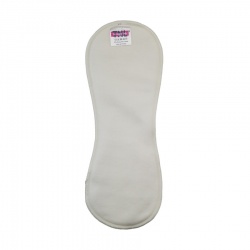
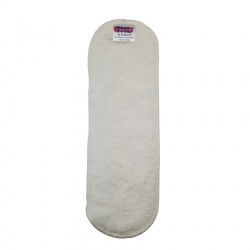
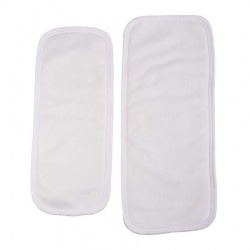
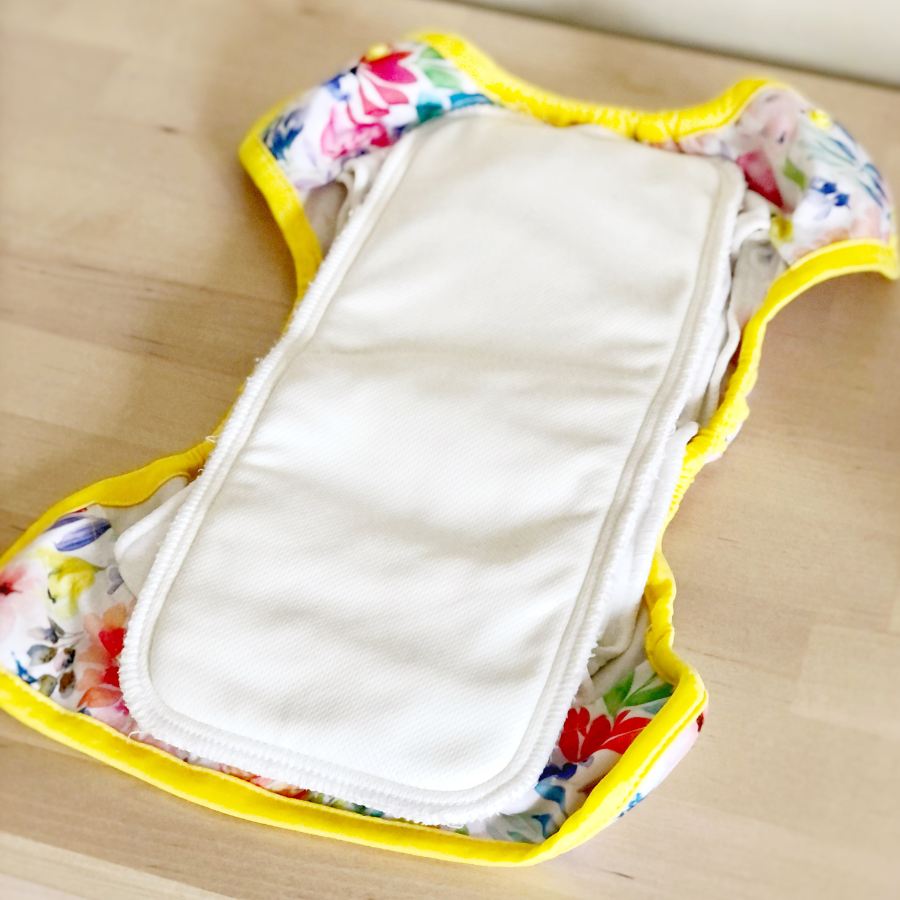
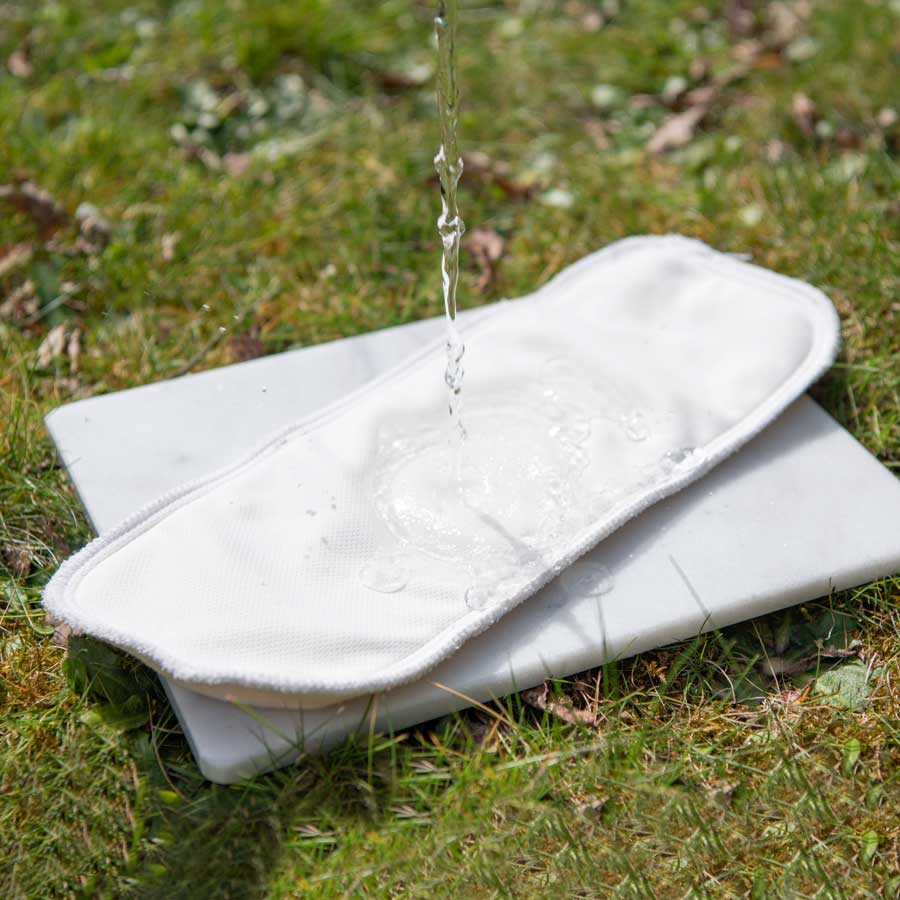
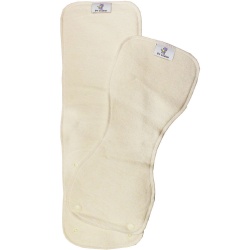
.jpg)
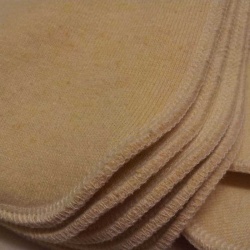
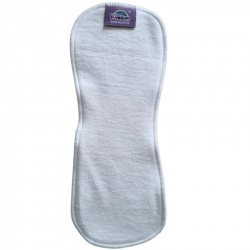
.jpg)
.jpg)
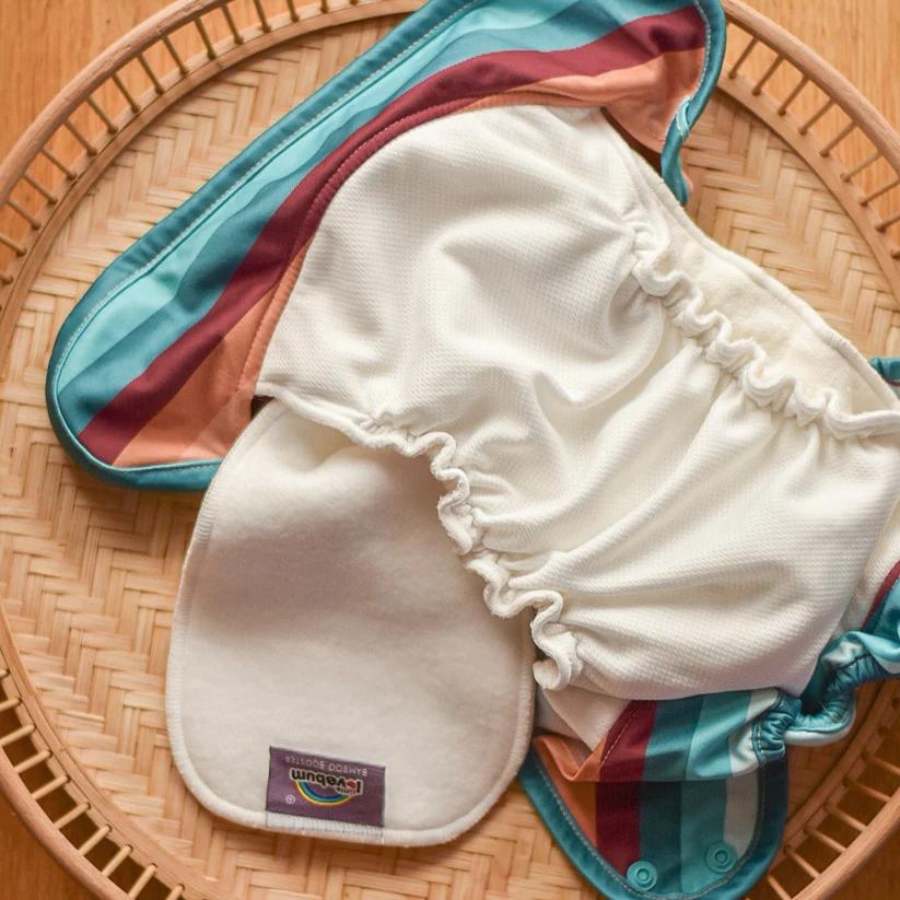
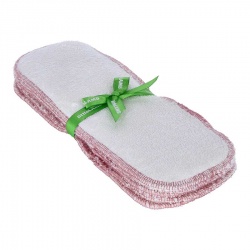
.jpg)
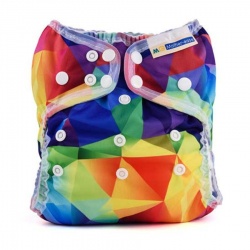
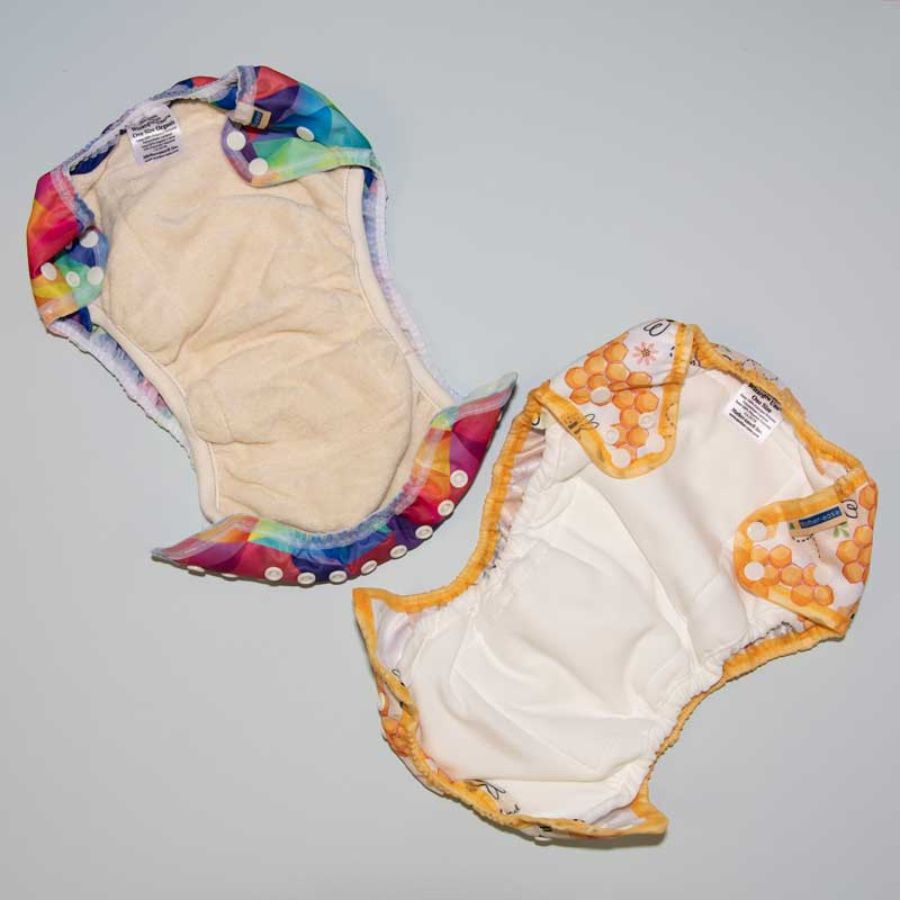
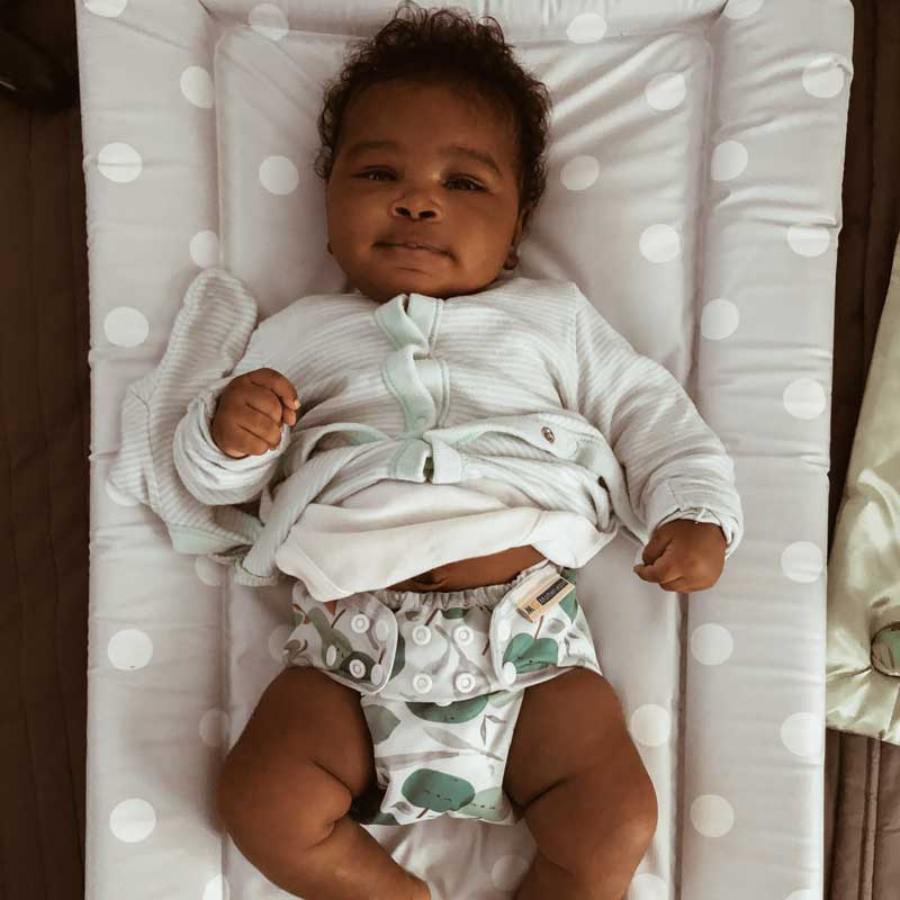
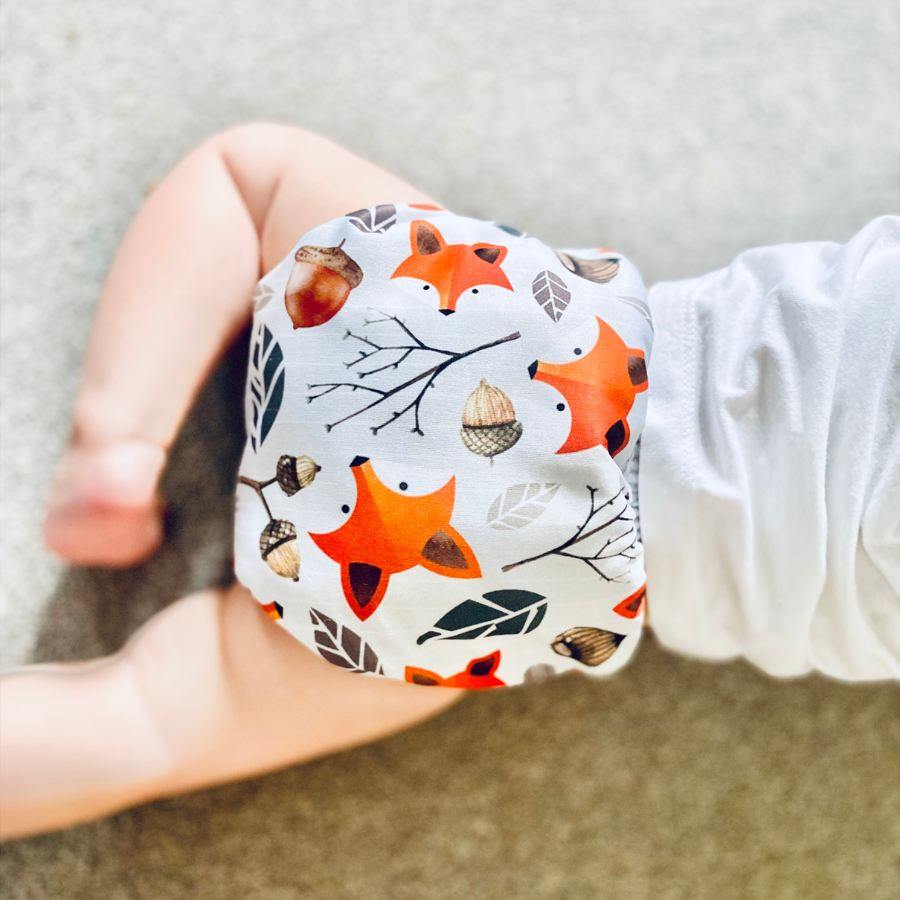
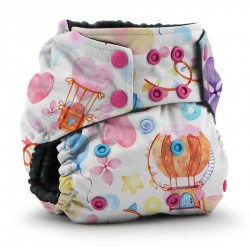
.jpg)
.jpg)
.jpg)
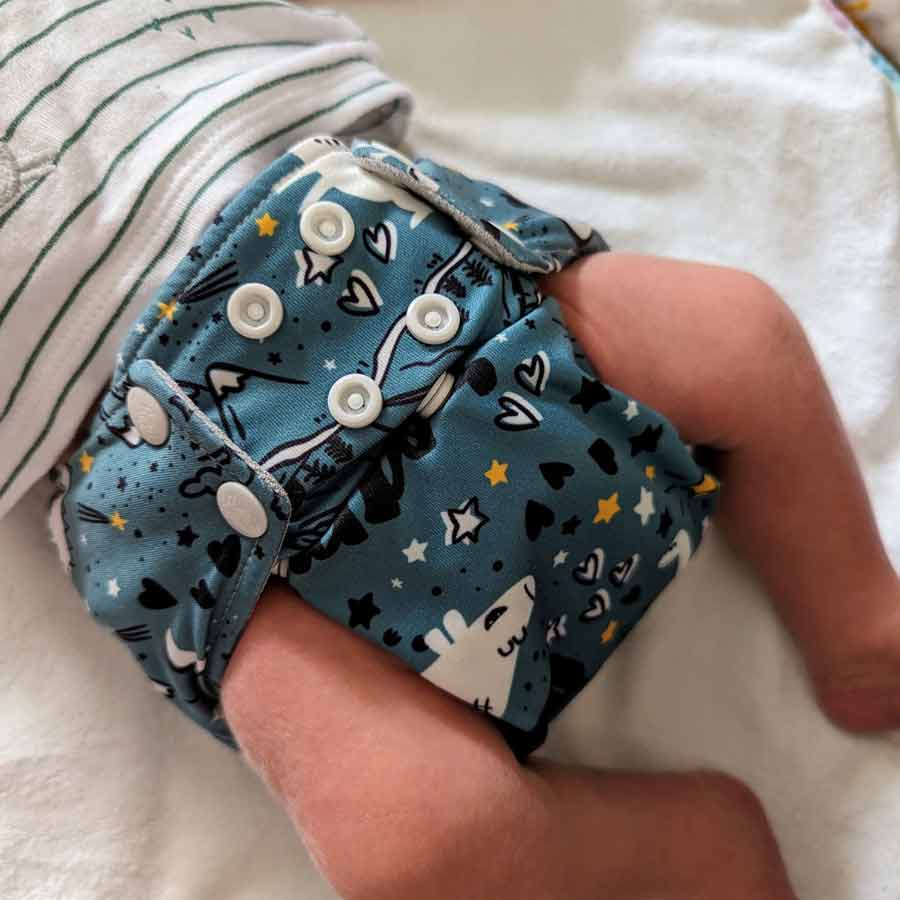
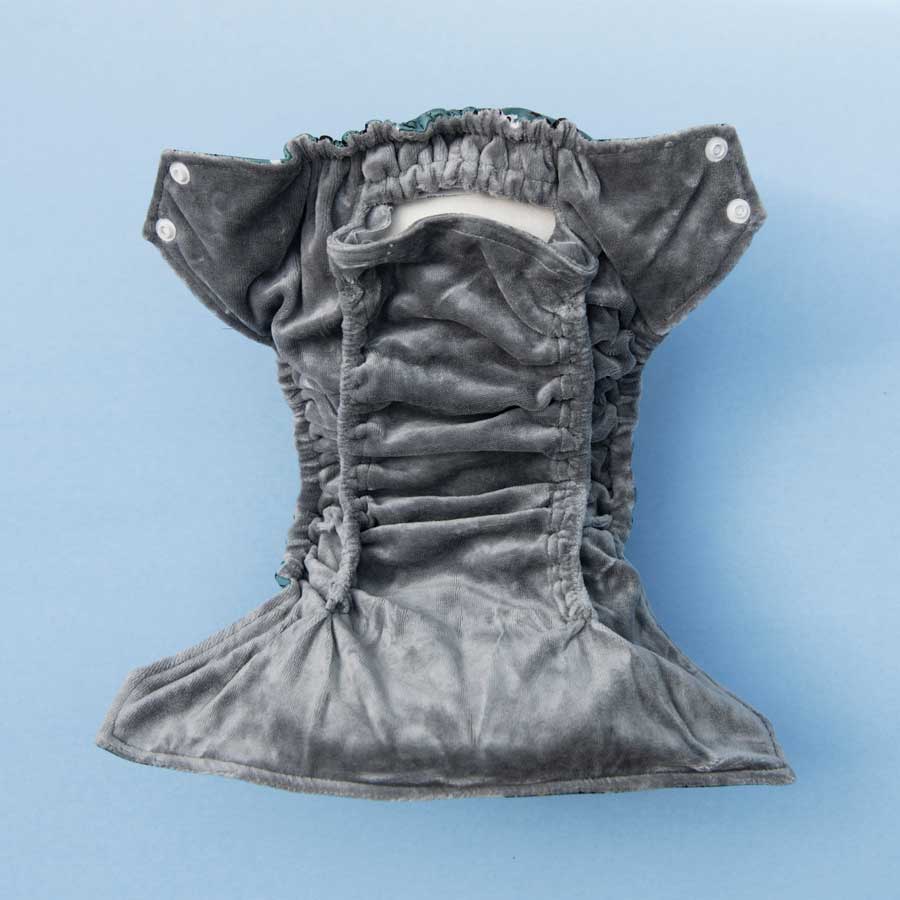
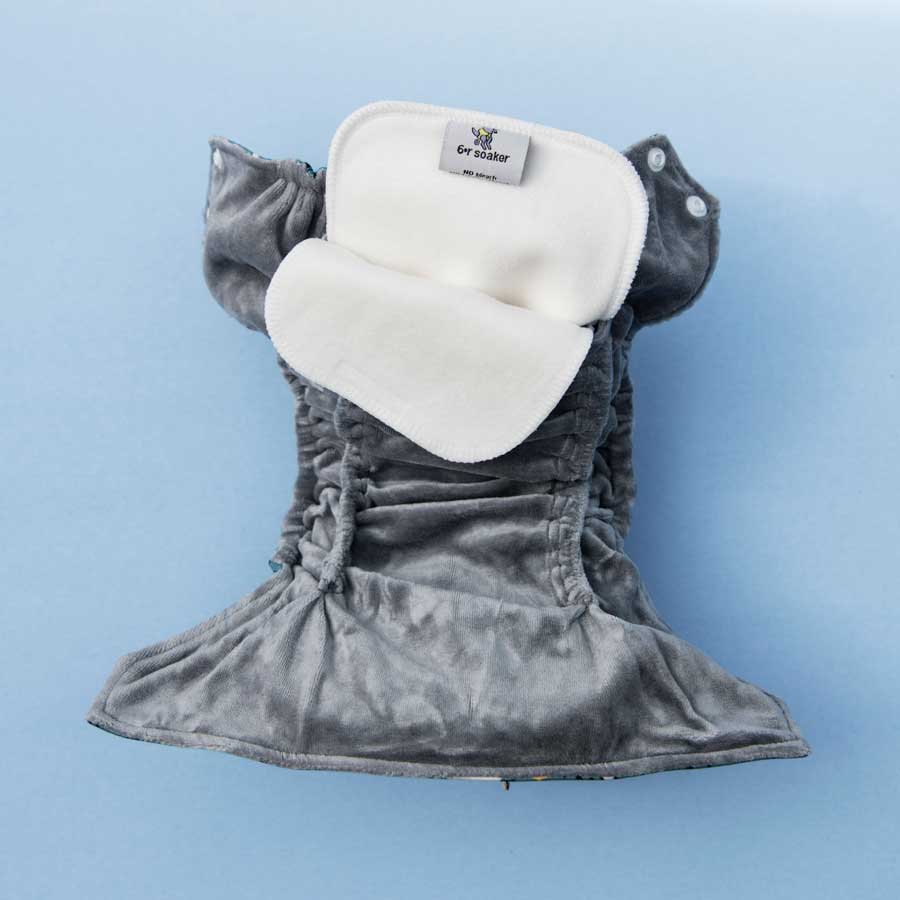
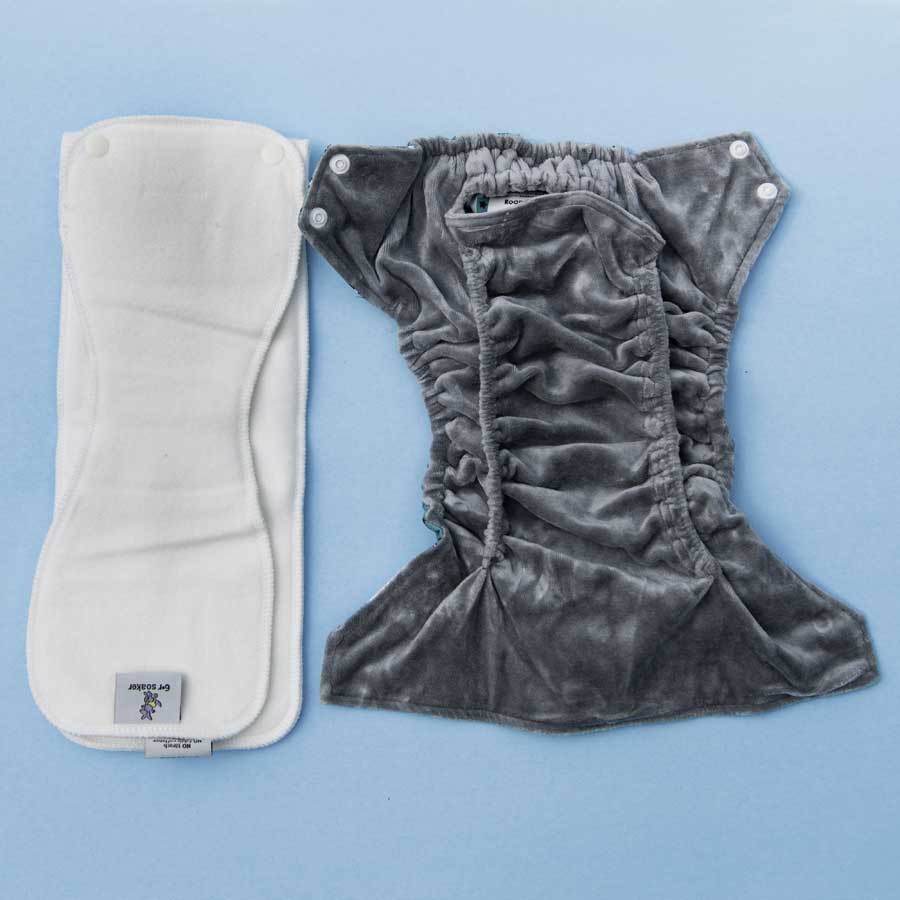
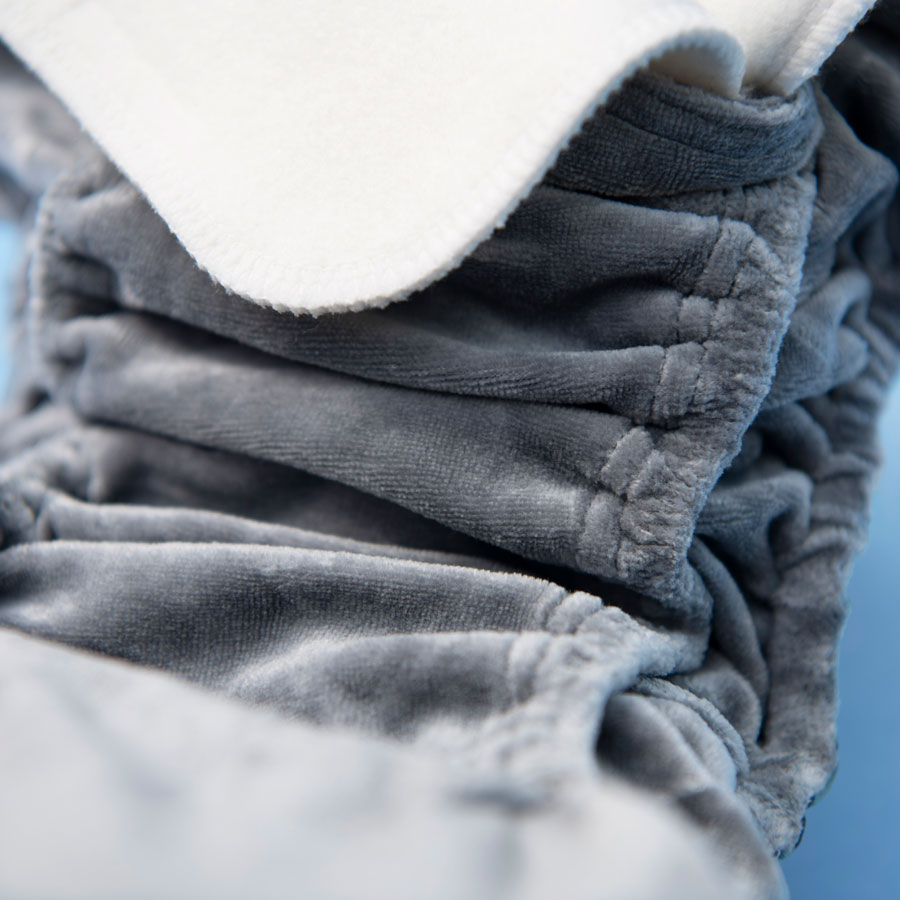
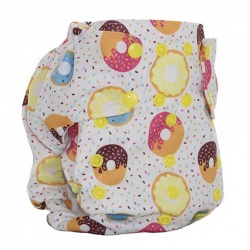

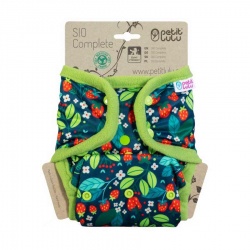
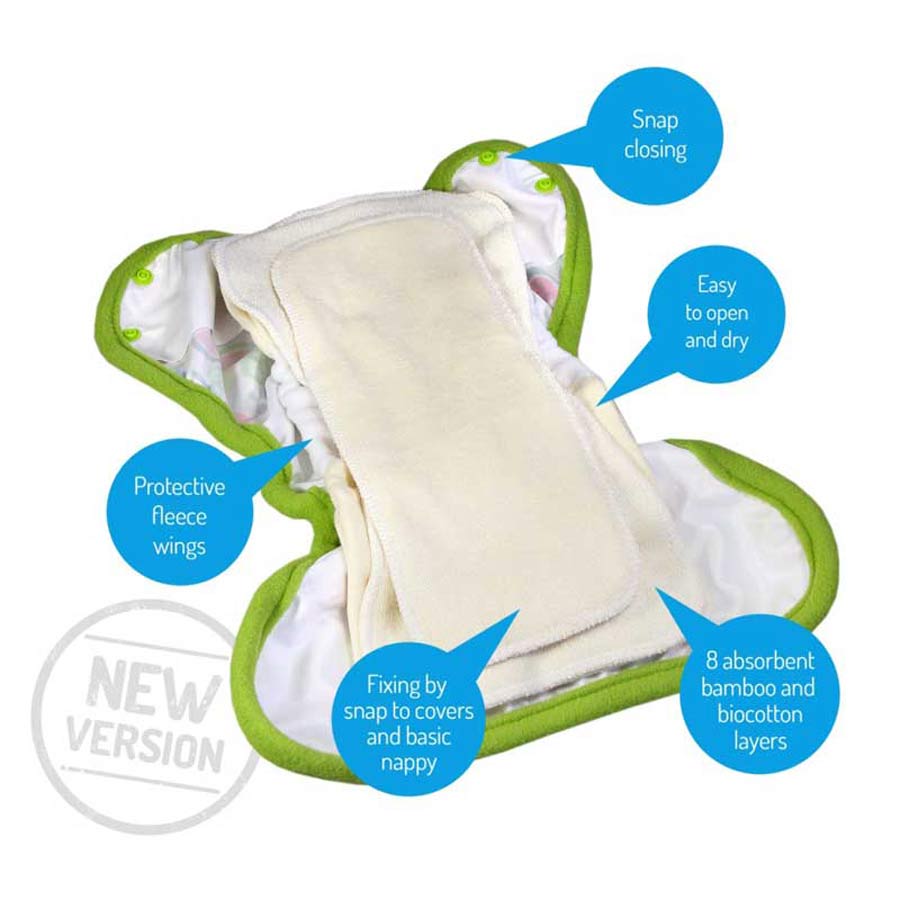
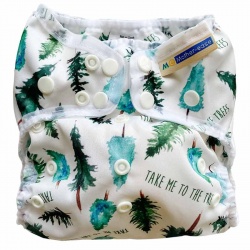
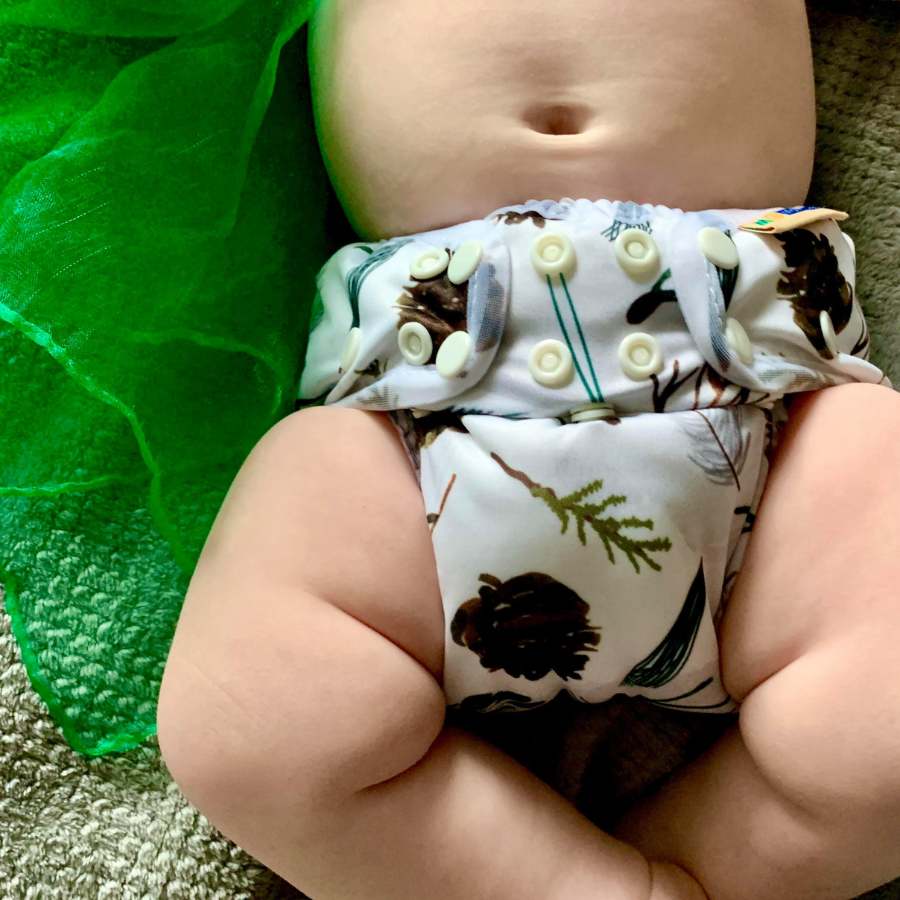
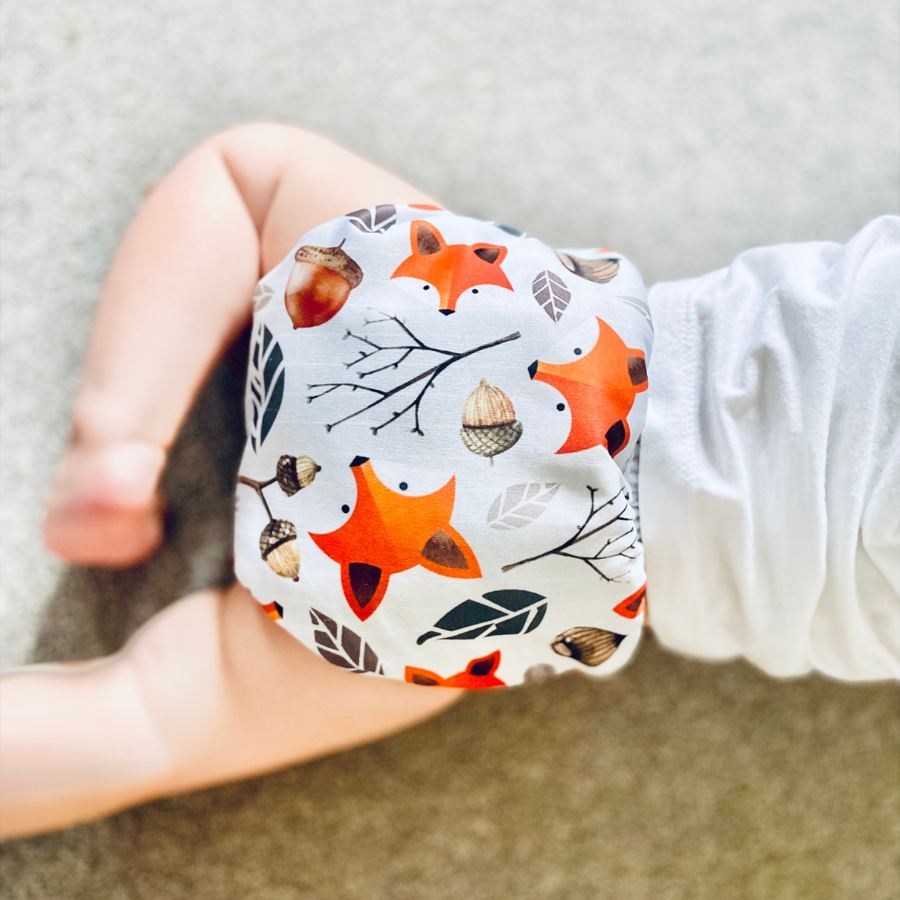
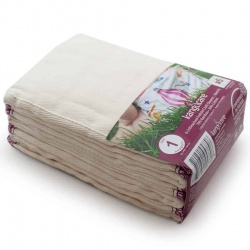
.jpg)
.jpg)


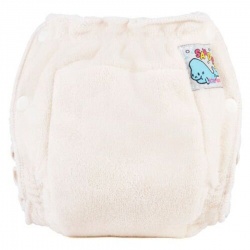
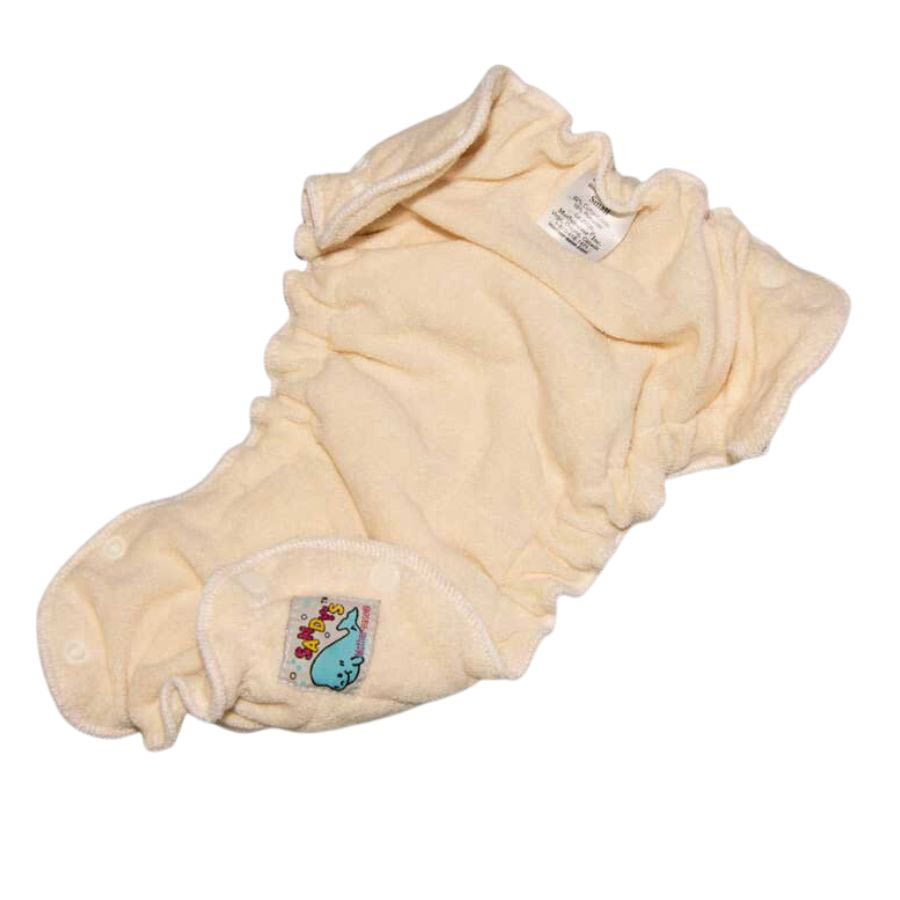
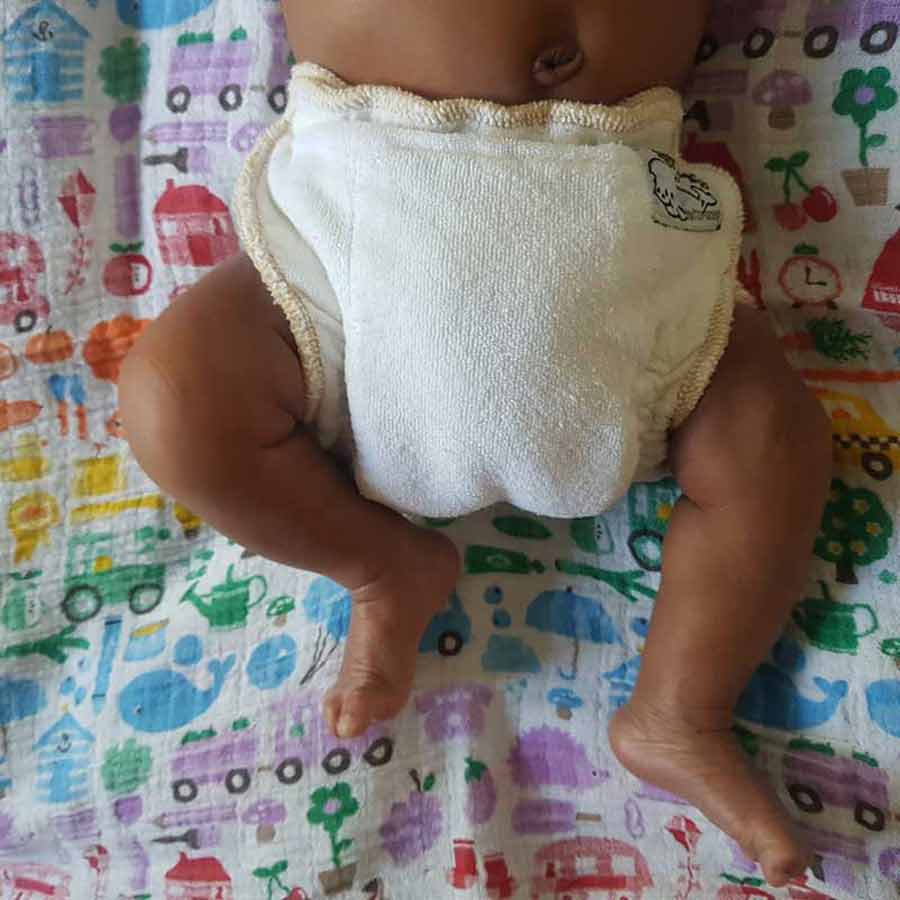
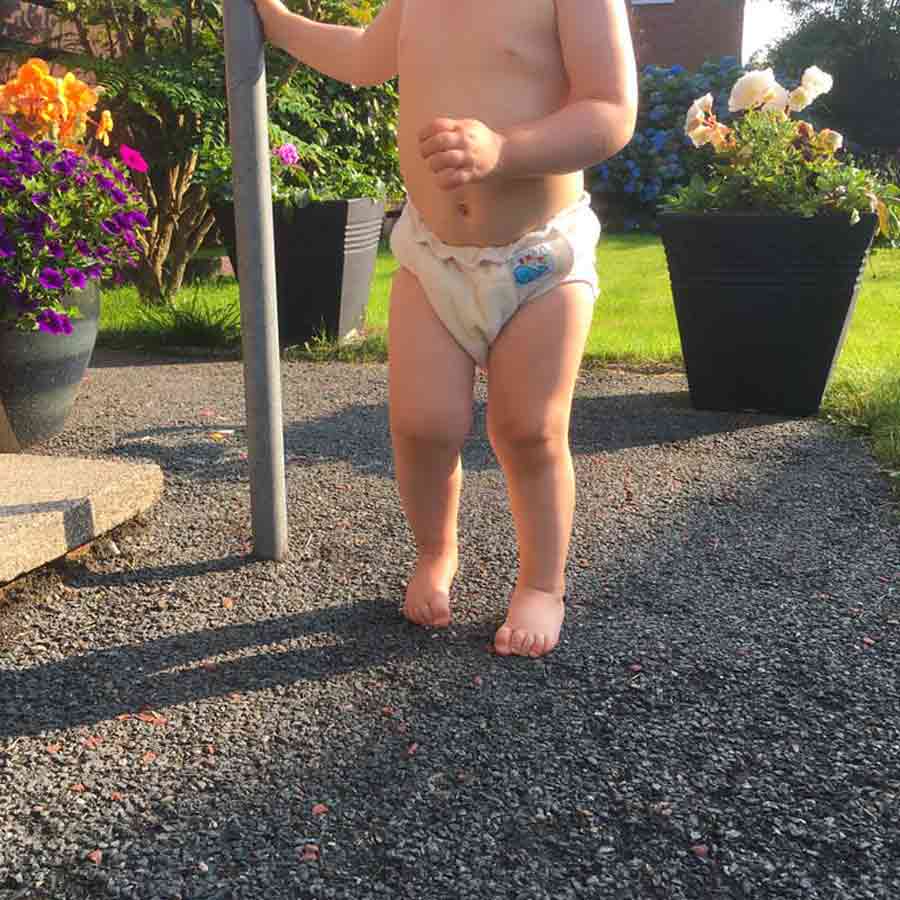
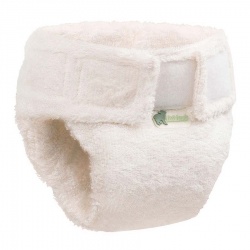
.jpg)
.jpg)
.jpg)
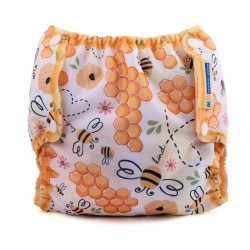
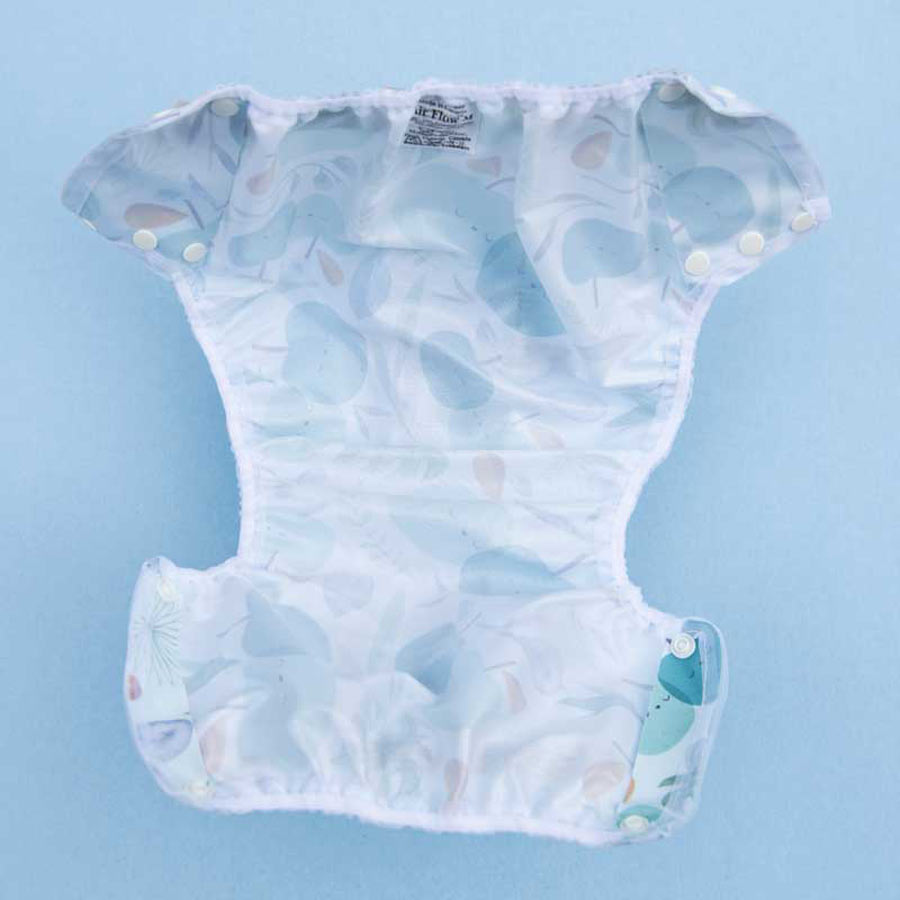
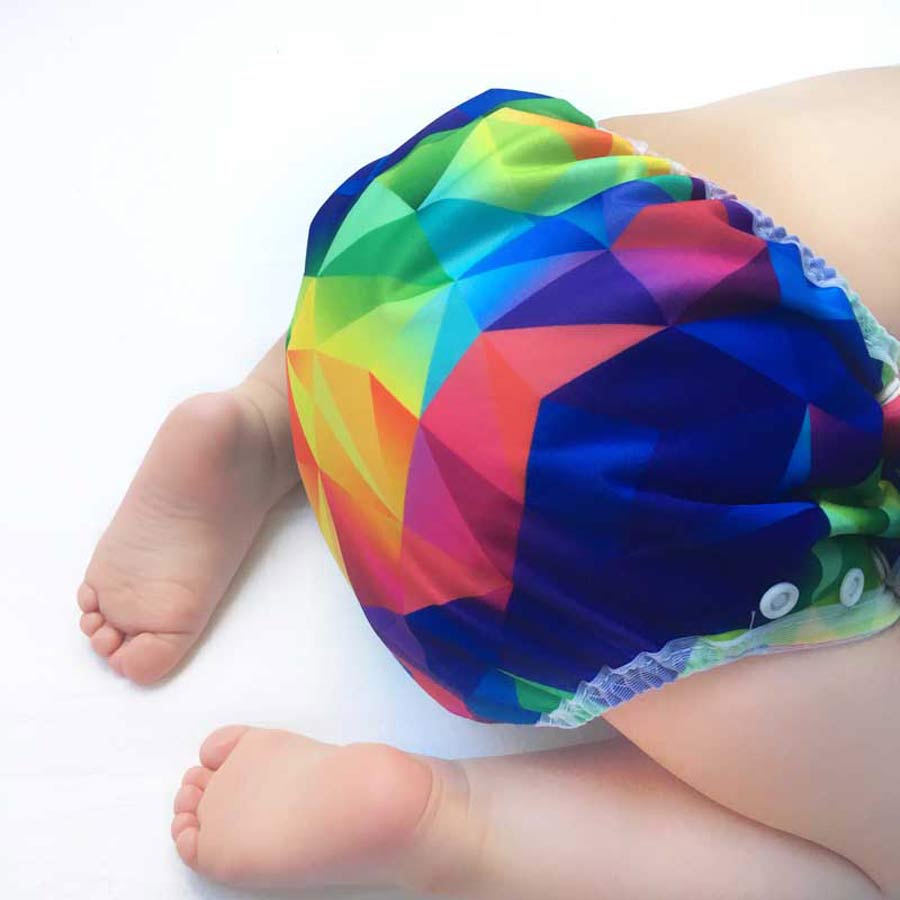
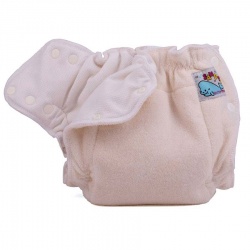
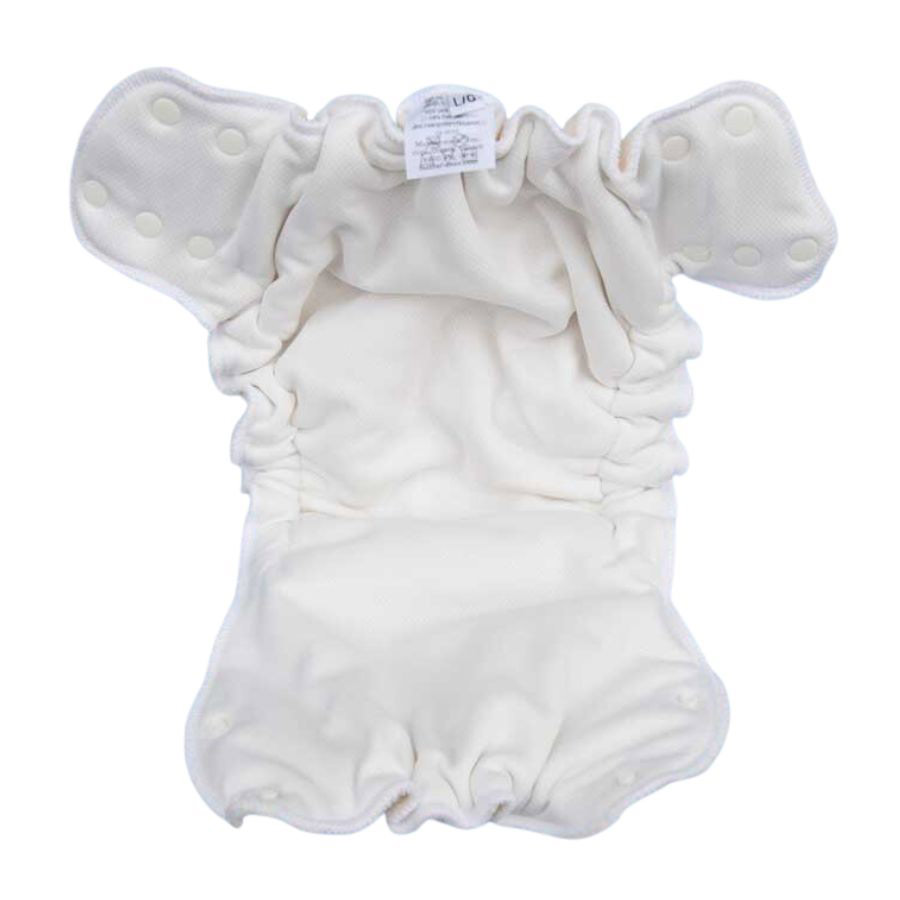
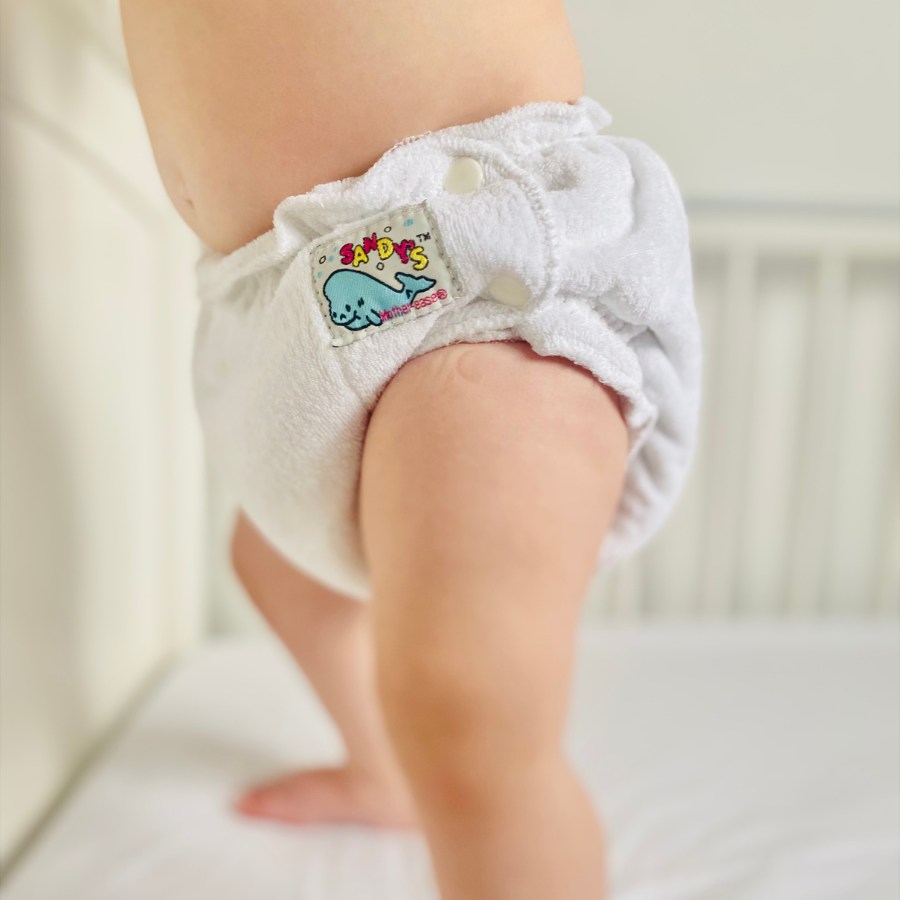
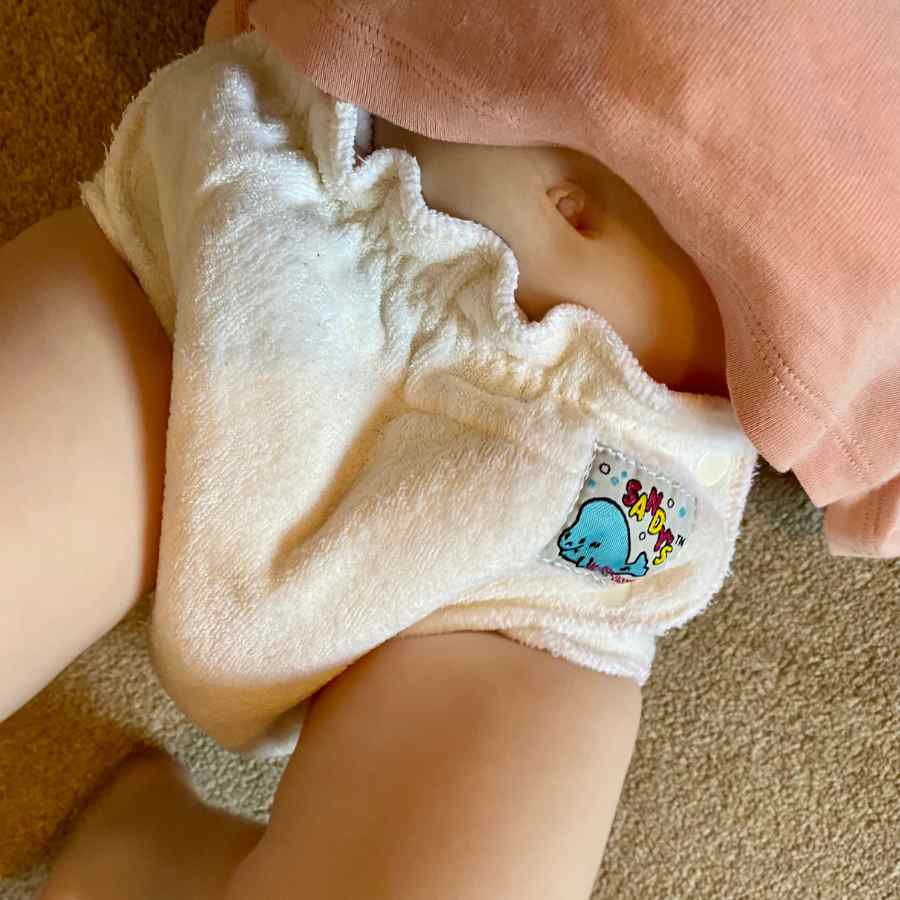
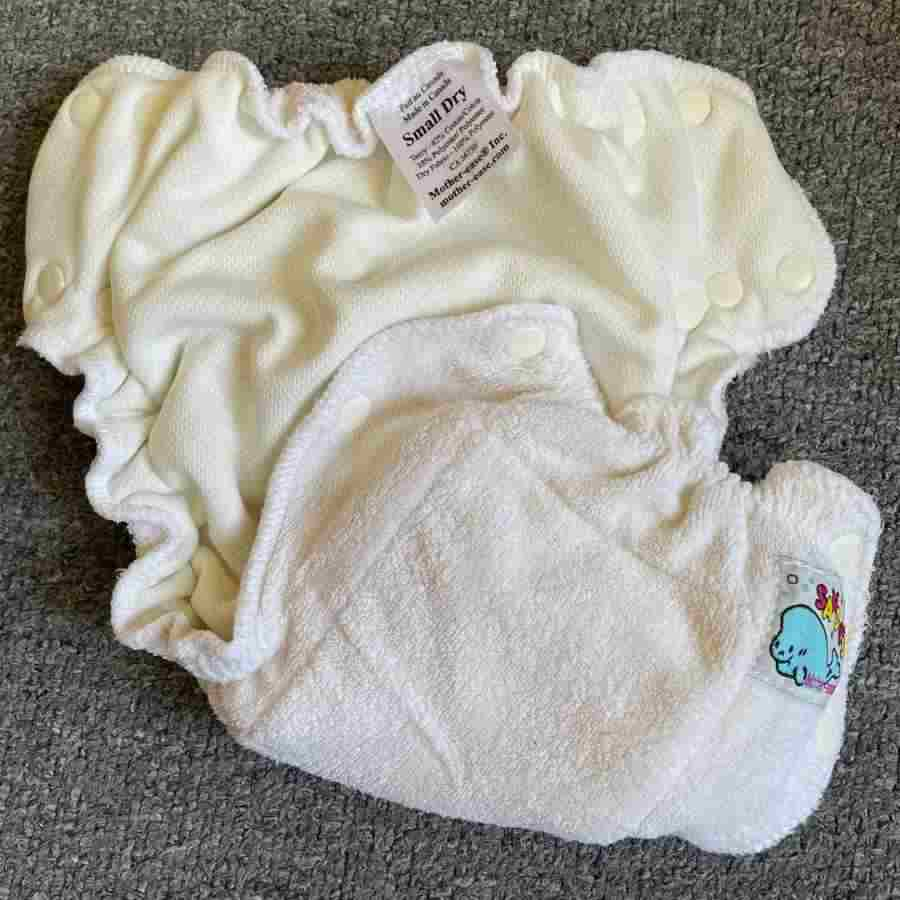
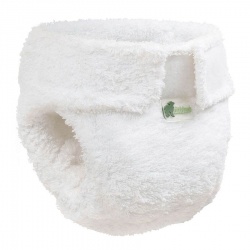
.jpg)



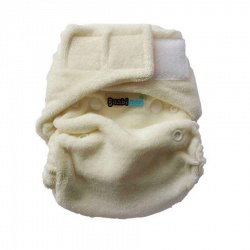
.jpg)
.jpg)
.jpg)
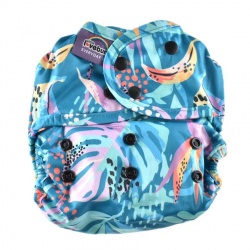
.jpg)
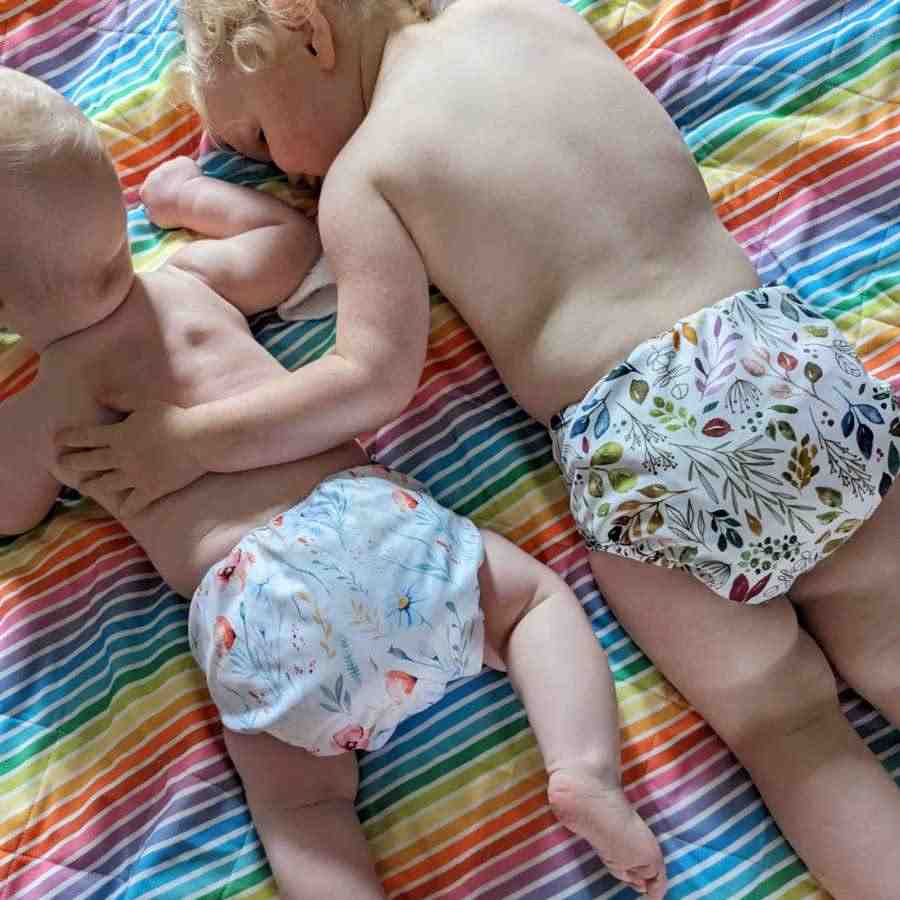
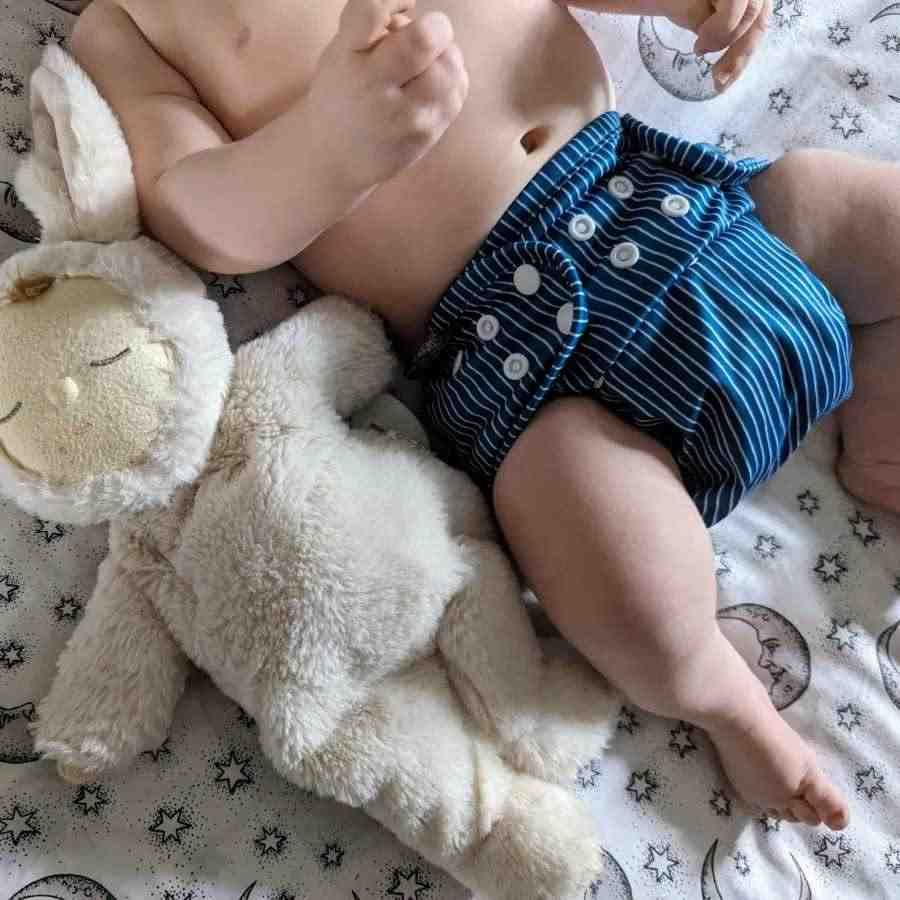
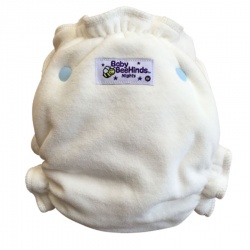
.jpg)
.jpg)
.jpg)